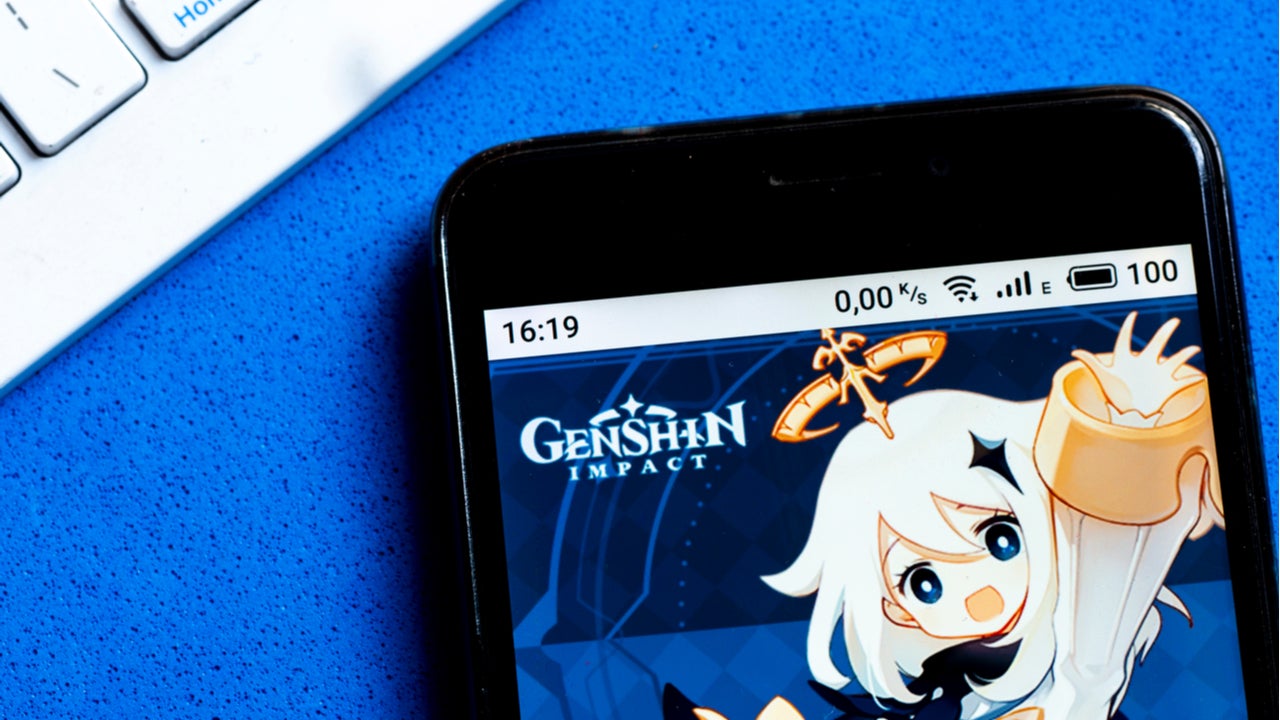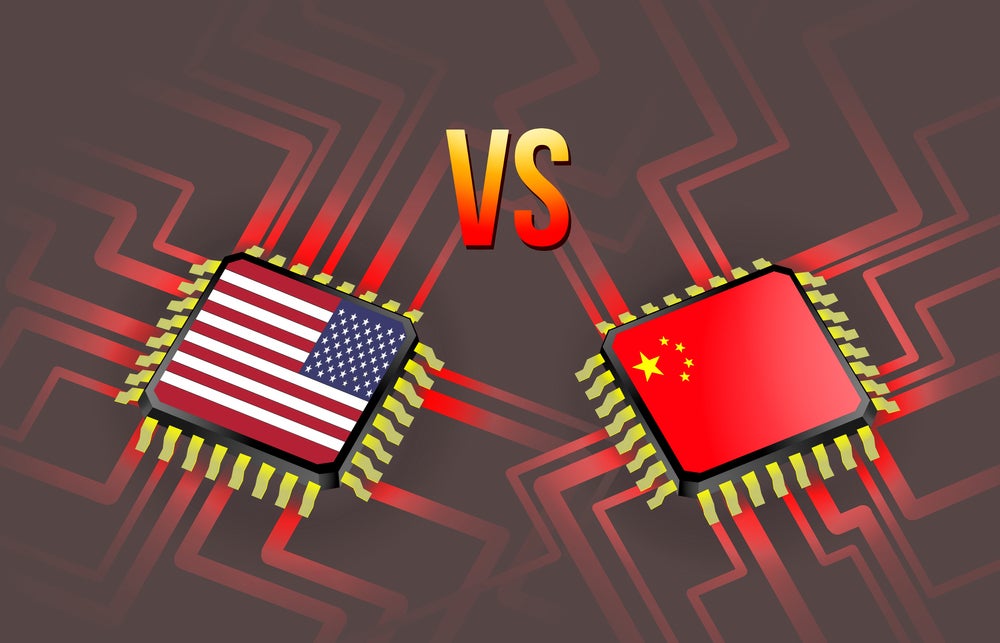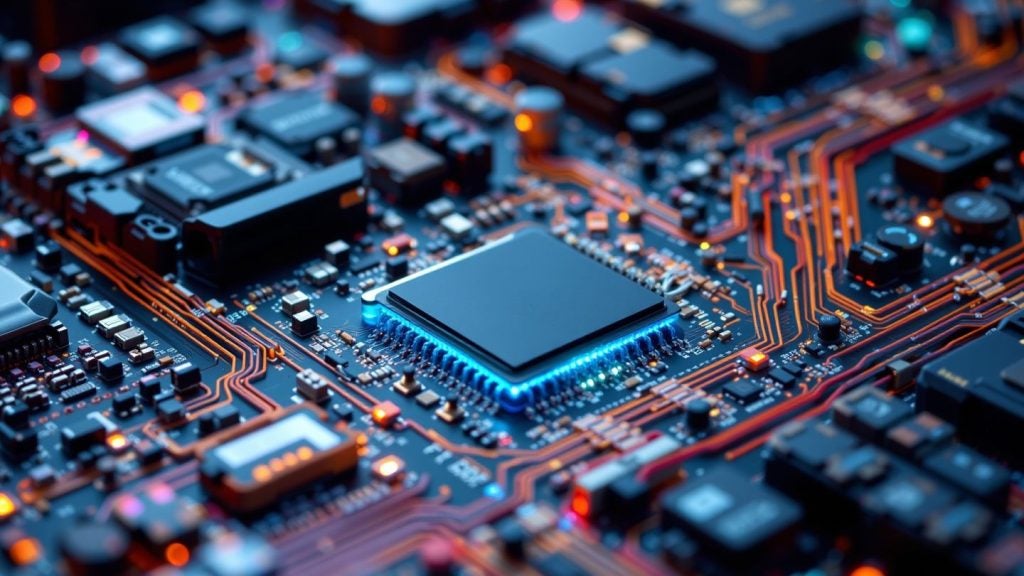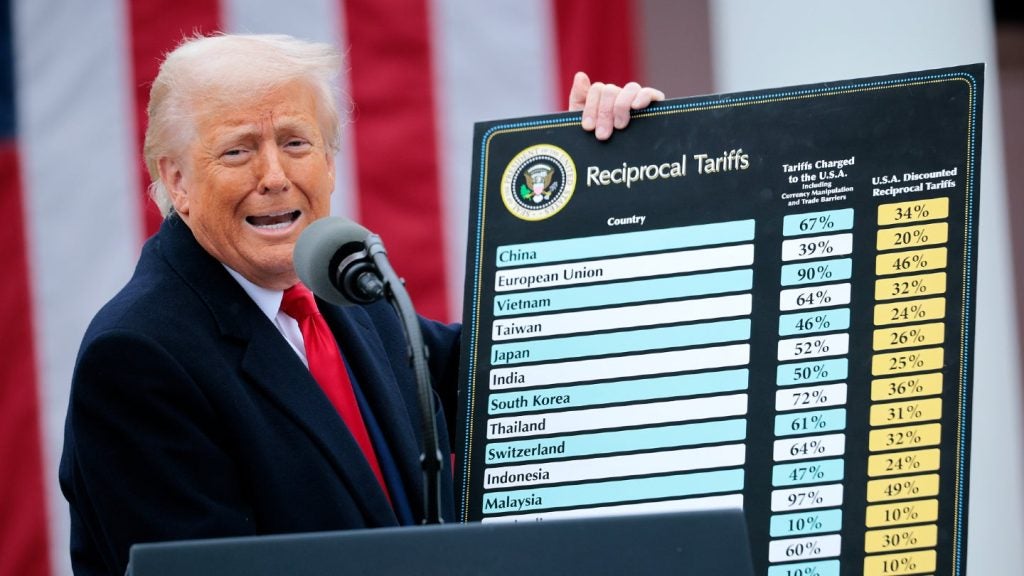Said to be the biggest international launch of any Chinese app to date, miHoYo’s Genshin Impact has made waves globally with its aggressive marketing, its advertisements emblazoned even in the subways of New York City, Berlin and Singapore.
How big exactly? Genshin Impact grossed more than ByteDance’s Tiktok on launch day 28 September 2020 and Tencent’s PUBG mobile in the first week, and even grabbed a higher viewership on Twitch than Fortnite to boot. In the mobile RPG genre, Genshin impact was the highest earning game in its launch week.
According to Sensor Tower, Genshin impact grossed US$60 million in its first week, ahead of PUBG Mobile, and only just US$4 million short of the top grossing game, Tencent’s Honor of Kings. By its second week after launch, industry analysts revealed that Genshin Impact had grossed US$100 million, meaning that it had recouped its production costs. And by Oct 21 2020, Genshin Impact was the top grossing game in 8 countries, including China, USA, Canada and South Korea.
Set in the fantasy world of Teyvat, each of the regions are broadly modelled after real world cultures. Currently, only two regions are playable, Mondstadt, representing Medieval Germany and Liyue, representing Ancient China; Clearly strategically chosen to appeal to the markets miHoyo planned to launch the game in. At least five more regions are in the works, including Inazuma (Japan) and Snezhnaya (Russia).
Genshin Impact brings plenty to the table
The game has been accused of plagiarising Nintendo Zelda: Breath of the Wild, which the developers have not hidden was an inspiration. While the mechanics of Genshin Impact, such as gliding, climbing and the emphasis on dungeons and bosses are similar, it is clear that Genshin brings much more to the table than being just a knockoff of Zelda in Japanese style animation. It is not uncommon for games to copy certain game mechanics from each other.
For example, Multiplayer Online Battle Arena (MOBA) games are generally recognised to have originated as a custom map called Aeon of Strife within Starcraft, then popularised with the breakout of Defense of the Ancients (DotA) within the Warcraft III modding community. Many other games followed, including League of Legends and Heroes of Newerth. Just as the RPG genre is moving into mobile, MOBA games have also been ported over, with Arena of Valor, Marvel Superwar, Mobile Legends Bang Bang and League of Legends Wild Rift, just to name a few.
But what makes the game so highly rated is the beautiful design, ambience, world building and story telling that was put into Genshin Impact. From the outset, miHoYo, despite being a Chinese-founded and Shanghai-based company, angled its game design towards the otakus – referring to anime geek culture – creating attractive anime characters referred to as “Waifus” and “Husbandos” that are designed to be the substitute for real world relationships.
Alternative revenue streams may be possible
miHoyo cut its teeth with several breakout games including Guns Girl – Honkai Gakuen and Honkai Impact, developing its own proprietary rendering technology that gives the gameplay an illusion of being 2D in a 3D world. Layered on top of the stunning visuals is a mesmerising medley of OST composed by Yu Peng Chen and recorded by the London Philharmonic Orchestra and Shanghai Symphony Orchestra, giving a Final fantasy-esque feel to gameplay.
If Honkai Impact is any guide to go by, Genshin Impact could see an anime and manga spinoff that could serve as another revenue stream and further depth to character arcs. Already, miHoYo’s website features a short manga series that serves as a prequel to the events in the game.
The game has certainly breached the boundaries of the otaku niche market and acquired mass market appeal. Core to this is the cross-platform and cross-save architecture of the game (it is available on PC, PS4, Android and iOS), which makes it a rarity amongst games.
While miHoYo announced that they currently have no plans to launch on Xbox, this could be to wait for the release of Xbox Series X, which will be out on 20 November 2020. By virtue of addressable market, it blows many games out of the water. This is something game developers may want to note as cloud gaming platforms such as Google Stadia, project xCloud and Apple Arcade make cross-platform architecture easier than ever before.
The game is not without controversy
The most controversial aspect of the game is its monetisation model, which has been accused of exploiting gambling tendencies in people. The game is free to play (F2P), but uses a Gachapon system, essentially a slot machine, for players to obtain new characters and in-game items. Players may make “wishes” on the Gacha “banners” using tokens called “Fates” that sometimes may be awarded from daily rewards and random events.
However, the fastest way to obtain rolls is to buy “fates” using points known as “primogems” that are earned by completing quests in the game or by forking out cash. The drop rates of the characters are abysmally low, but the process is highly addictive. There are many players that have been documented to have spent hundreds, thousands to even the value of whole mortgages on these slot machines.
While not particular new to Japan, where Gachapon was invented, this monetisation model is generally viewed as predatory in the West and has received considerable condemnation, with some media regulators looking to ban these types of mechanics as they are seen to exploit the vulnerabilities of children.
miHoYo should pay heed to these criticisms to refrain from trading short-term gains for long-term losses. While the game progression is designed well enough that a F2P player can experience the game and its beauty, relying on the Gacha system could breed considerable ill-will with the gaming community and the regulatory authorities, especially in an age where Chinese apps are receiving more scrutiny that ever.
Genshin Impact legacy may extend beyond the game’s lifecycle
Ultimately, like any story-based RPG game, the tale eventually comes to an end. miHoYo may be kept busy for the next several years given the number of unreleased regions, but will it sustain beyond that? While the developers reject a PvP model now, the battle mechanics, given some power level adjustment for some characters, looks promising for a Fortnite-style battle royale faceoff. Creating a competitive arena could potentially generate a strong e-sport ecosystem that will outlast the RPG.
Genshin Impact’s legacy may very well be felt beyond its life cycle, whether for good or for worse. It could spark a deluge of predatory Gacha games or it could inspire a new generation of high quality F2P cross-platform cloud games with their players in mind.








